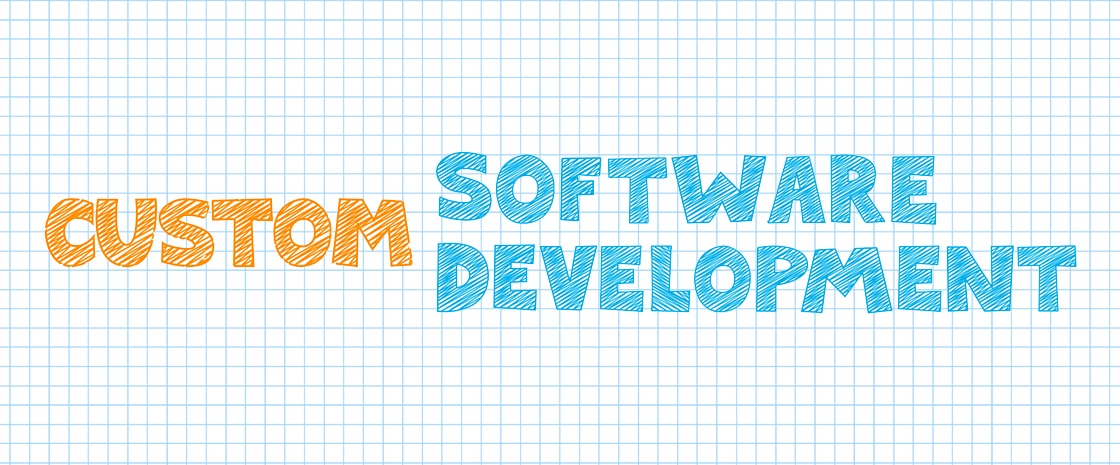Depending on the complexity of the interactions, some clickable prototypes may be produced. We don’t get too caught up in the ribbons & bows (as we like to call it) in this stage. We use this step to really concentrate on the functionality without the distractions that a particular shade of green can bring. Once the UX has been fine tuned, we begin to ‘beautify’ the interface. This is when colors, graphics, and other visual elements will be incorporated that can eventually be represented in a style and usability guide.
User Testing
At various points in the design process, we implement user testing to ensure needs are being properly met before any development begins. This includes a combination of internal usability testing (client and Binary Evolution) as well as external user testing (customers/users identified to provide feedback). The importance of this stage can not be underestimated. There are just too many variables that cannot be accounted for when you are creating a combination of features that have yet to exist. Just an hour with someone reviewing the application can prevent stumbling blocks and push your design to the next level. If you are working on a project now and there is no plan for user testing, you should insist on incorporating it.
Development Planning
Once all designs are approved and updated after user testing, a development plan will be created. This is when the ingenious minds in research and development (R&D) determine the best set of technologies to use in order to carry out the designs. This saves time in the long run and is key to eliminating interpretative confusion that is common in software development. Part will be recommendations to use already existing technologies, and part might be identifying solutions that need to be developed from scratch.
Whatever the combination, at the end of the development plan we like to provide the client with database diagrams, development phases, and features included in each phase, as well as lists of any R&D required for new features. This can get a little technical. Just be sure to ask questions if you don’t understand what will be used, or if you don’t understand the long-term implications of maintaining the technology. You want to be sure you have something that will last.
Initial Development
Once a plan is created, the project begins to take form as developers start building the product. Minimum Viable Product (MVP) features are identified, programmed, and functionally tested. These features are then delivered in stages, per the development plan. So clients can expect to review parts of the software in stages. When clients are reviewing one set, developers can move full steam ahead on another feature. (You might have heard the term iterations thrown around in tech talk, that’s what this part is all about).
Additional User Testing & QA
And this review is where QA comes in to play. The client is provided a test version to review. We take every step to ensure that functionality matches the specifications, but ultimately the client is the final check to ensure that the software works as expected and is accepted before being prepared for launch. Our team utilizes integrated issue reporting tools so our developers can address client requests as each stage is finalized. In this phase, we also create a complete list of client reported issues and evaluate each one to determine if they are within the project scope or are potential future requests. Once you have tangible software, new ideas always start flowing! This is the beauty of custom development. And when there is unlimited time and budget, we can hop right on them all! But when there isn’t, it is helpful use the original project goals & design as a measuring stick to decide what programming adjustments are needed, and what can be saved for the 2.0 version.
Documentation & Training
After programming adjustments are made and the project has the green light, user and help documentation is created. This involves screen captures and written explanations of the system and can be provided as PDF documents for the client’s use, or in application help if designed as part of the interface for users. Depending on the project, in-person or virtual training may be needed as well. But generally, we like to work closely with the client during the UX phase, so they are pretty familiar with the functionality by the time it launches.
Deployment
The last phase of the development process is a largely automated process of publishing our client’s end-product. Final deployments are pre-scripted to ensure 100% accuracy of data and code. All deployments are sent to a test server and the process is checked for accuracy. Once this passes, an official launch date/time is scheduled and carried out by the production team.
Repeat
Once the initial version of the product is launched, it’s time for social distancing high-fives, however, the first launch is only beginning. At this stage, there’s an opportunity to examine new product features, enhancements, and updates, for version 2.0.
Simply stated, software ‘rusts.’ Your shiny new app starts to age the moment it launches and if you don’t start planning for the next version you are choosing to cause it to stagnate and show its age. Companies that remain relevant and innovative are always looking for how to improve the user experience and features.
A significant advantage of custom software development is there’s no ceiling for your product. With an out-of-the-box software solution, your vision is confined to the limitations of what can be built within the constraints of your product builder. Custom software development introduces the advent of limitless possibilities. The ideas you have at the beginning of the project can grow in to something you couldn’t have imagined at the beginning. So after launch, take a deep breath, celebrate, then get ready for 2.0.
Every development firm has their own way of doing things and while some strategies may be similar, there are intricate distinctions that can mean the difference between a good and great end-product. It all starts with the process. We have learned a lot during our two decades in the business. So if there’s one takeaway we could leave you with, we recommend that you do your homework and make sure your software development process doesn’t miss vital steps that can create unneeded challenges. A little planning goes a long way to creating the best product for you and your audience.





